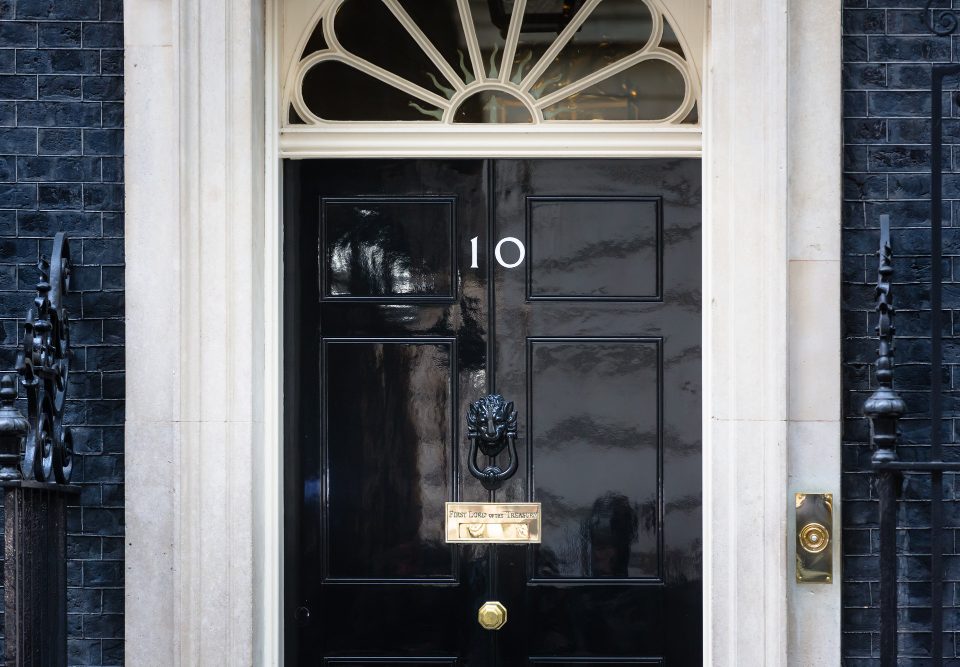Received a P800 letter from the taxman? Don’t worry, it’s not unusual for builders, plumbers and other tradespeople to be sent one given how often those working in the trades change jobs and contracts.
On this page, we’ll run through everything you need to know about the P800 form.
What is a P800?
While it might surprise you (as most letters from HMRC tend to!), there’s a simple explanation for a P800 and sometimes it can even contain good news.
You’ll be sent a P800 letter because the taxman doesn’t think you’ve paid the right amount of tax when working as an employee – whether not enough or even too much, believe it or not.
What’s included in a P800 form?
By HMRC’s standards, a P800 is fairly easy to understand.
It’ll show your income for the time period in question, along with expenses that you’ve already claimed, before detailing the P800 tax calculation.
Depending on what this calculation comes to, you’ll either be asked to pay tax or offered the chance to claim a rebate – often described as a P800 rebate.
Why might you receive a P800 letter?
There’s a chance that your tax payments aren’t completely accurate if you:
- Finished a job, started a new one and were paid by both employers in the same month
- Started receiving a pension at work
- Receive certain benefits, like employment and support allowance or Jobseeker’s Allowance (JSA)
What should you do about claiming a P800 refund?
If you’re due a tax rebate, your P800 form will tell you how much HMRC thinks you’ve overpaid. There are a couple of ways to go about claiming your P800 tax refund:
Do it yourself
Head to the government website, sign in to your personal tax account using your government gateway user ID and follow the instructions. Alternatively, give HMRC a call, but make sure you have all the relevant information to hand.
Once you’ve successfully claimed your tax rebate, the money should land in your account in under a week. If you don’t get round to doing this – and wait longer than 45 days – HMRC will send you a cheque, which you should receive within 60 days of receiving your letter.
Trust an expert
A tax rebate expert, like Brian Alfred, will make sure you receive the maximum refund. By maximum we mean after also taking into account any work expenses you might have incurred, but not yet claimed for.
This isn’t something that HMRC will have factored into your P800. Meaning you could well be able to claim a bigger tax rebate than originally thought.
What if a P800 says tax is owed?
Here’s how HMRC will go about collect outstanding tax:
- It’ll be taken off your pay cheque monthly if you’re employed
- They’ll ask you to pay the amount directly
If it’s thought you owe less than £3,000, HMRC will adjust your tax code and collect that tax owing – over time – from your pay. Anything over this amount and the taxman will be in touch to organise a repayment plan.
Is the P800 tax calculation always accurate?
Not necessarily – it’s always worth checking, regardless of whether HMRC thinks you’ve underpaid or overpaid tax. Here’s how to work out if your P800 is correct:
- Check any P60s, P45s and P11D forms to make sure your P800 stacks up correctly against them.
- Make sure all other expenses, like mileage, pension contributions and marriage allowance are also recorded.
When are these letters sent?
HMRC tends to send these a few months after the end of the tax year on 5th April, so they usually start arriving from September onwards.
Will sole traders ever get a P800?
No, only those working on the payroll receive P800s. Because a sole trader isn’t classed as an employee, and is registered for the Self-Assessment, HMRC will simply adjust their tax bill automatically if they’ve over or underpaid.
What else?
We’ve covered the basics. But given tax can get complicated quickly, if you’re struggling to understand your P800 or would like an expert to secure your tax refund (while also making sure you receive everything you’re owed), request a callback and a member of our team will be in touch.










